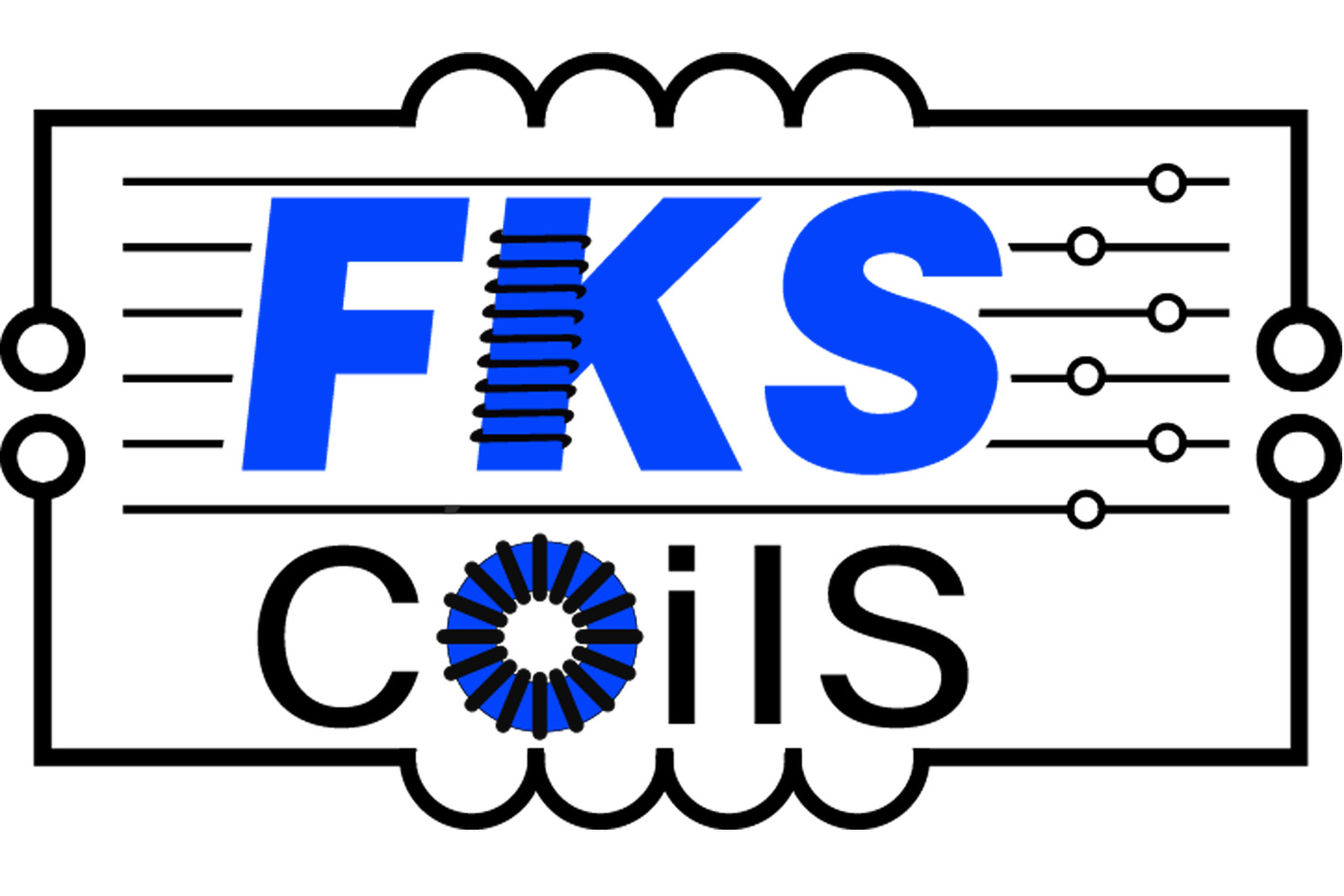Chip Inductors, Color Ring Inductors, Choke Inductors, Common Mode Inductors
Chip Inductors, Color Ring Inductors, Choke Inductors, Common Mode Inductors
Inductance-inductance classification: chip inductors, color ring inductors, choke inductors, common mode inductors
Inductance is a thing with a long history. People have known for a long time that when a wire passes a current, a magnetic field will be generated around the wire. Winding it around the iron will make the iron magnetic. If the current is directional, it can be This magnetism has retention! If it is changed, it can eliminate the magnetism of the iron. In addition, it is found that a large back electromotive force can be generated at the moment of disconnection. Later, it was found that the movement of the wire cutting the magnetic field lines in the magnetic field can generate current (soon invented Generator), the inductance also uses its principle of magnetic energy to electrical energy - electrical energy to magnetic energy.
1. The symbol of inductance
There are many types of symbols for inductors. As long as you understand them carefully, you will find that they are all similar. In addition, the transformer can also be said to be an inductance, but no one calls it that, it is two inductances coupled to each other.
2. The unit of inductance
The basic unit of inductance is: H (Henry). Like capacitance, it is also a large unit of measurement. We generally use μH (microhenry), and mH (millihenry) is rarely used. The relationship between them is 1000 times computational. 1H=1000mH=1000000μH
3. Types of inductors (inductance coils, color ring inductors, power inductors, inductors, color code inductors, inductor packaging, filter inductors, common mode inductors)
As mentioned earlier, there are many types of inductors, but they can be roughly divided into the following categories.
Air-core inductance: As the name suggests, it is made of wire wound on a non-magnetic conductor. This inductance has small inductance and no memory, but it is difficult to achieve magnetic saturation (the so-called magnetic saturation is that the surrounding magnetic field reaches a certain saturation, and the magnetic force does not increase any more , no longer works in linear intervals.). Audio is often output from the power amplifier to the speaker, and an inductor is connected behind the output stage of the power amplifier, which is an air-core inductor.
Ferrite inductor: Ferrite is a magnetic conductor, but it is not pure iron, but iron oxide, mainly composed of Fe3O4 (iron tetroxide) and Fe2O3 (two iron oxide) and some other materials . Generally, it is used to make a regular body and then a wire is wound on it to become a ferrite inductor. The advantages of this inductor are large inductance, high frequency, small size and high efficiency. The disadvantage is the phenomenon of magnetic saturation. Some of the radios and bp machines we use are antennas made of ferrite coils around them. In fact, it can also be said to be an inductor, which is only one-way.
4. The role of inductance
The role of the inductance seems to be somewhat opposite. We said that the capacitor is the direct resistance, while the inductance is just the opposite. Its function is to pass the direct and block the exchange. The direction of the magnetic field generated when the direct current passes through the inductor is the same and will not change. The alternating current changes in positive and negative, so the magnetic field also changes. Since it is a very short time from positive (negative) to negative (positive), if the positive potential is first and continues to rise, then the magnetic field around the inductor continues to increase, When it reaches the top, it is the maximum. At this time, the potential begins to drop. Due to the existence of the surrounding magnetic field, the inductor will convert the surrounding magnetic field into electrical energy at this time, so that the electrical energy can be maintained for a period of time, and vice versa, thus preventing the passage of alternating current.

【 Go Back 】 | 【 Close this window 】





